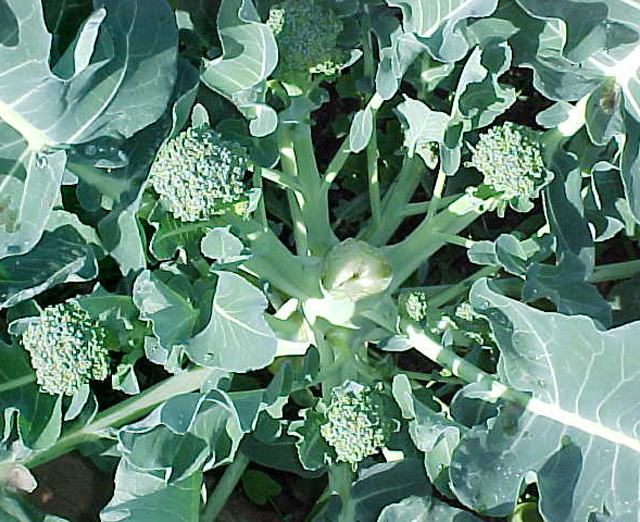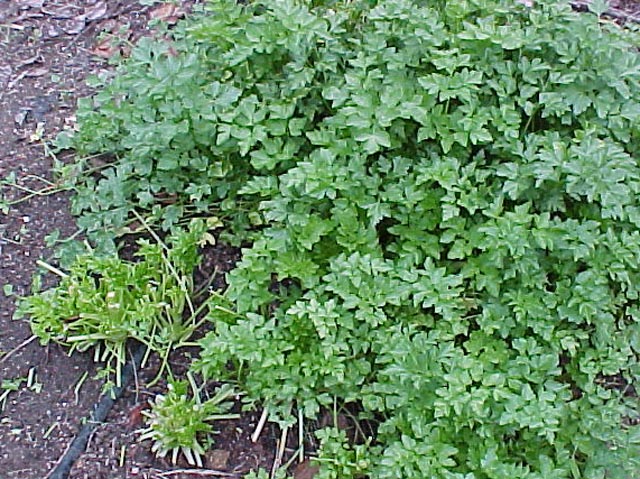| If you sowed seed or transplanted seedlings at least a month ago, you now have a nice selection of harvestable yummies in your garden to share with family and friends in holiday meals. There’s nothing so satisfying for the gardener as announcing (stronger = pronouncing!) to appreciative guests how many items are from the garden, barely half an hour since they were growing, be they edible or ornamental (preferably both!). Here are some tips to keep those harvests producing through early summer. Beets and their greens. Gently pull individual beets that attain the size you prefer, and then water in the remaining ones to reanchor the soil around their roots. Broccoli. Cut the main head when it’s small, to encourage many more smaller florettes to develop at the leaf nodes. If you chose “sprouting” varieties like the old “Purple Sprouting”, you’ll end up with much more food by the end of the growing season than the single-head varieties even with their follow-up smaller heads. In addition, harvesting the “sprouting” types is so much easier since they’re already bitesize, instead of having to cut the big heads into little pieces. Carrots. Same as for beets. Chard. Rip, don’t cut, outer leaf stalks, leaving the centermost young shoots to continue producing like lettuce long into summer’s hot weather and perhaps beyond. I have a couple of plants that’re still producing from being planted 2 years ago – they, like my kale, are three-foot-tall “trees” now. Cilantro. Grab the entire plant’s stems or small group of individual plants’ stems and cut about an inch from the soil. If you won’t use all of this at once, wrap the base with a rubberband for easy later snipping of the foliage. You want to cut the stems that low so you can harvest future new shoot clumps without including the first batch’s dead stems. Kale. Snap off individual leaves from the stem by tearing downward, leaving the centermost young shoots as with chard. Leaf Lettuce. Pick outer leaves only, leaving the inner-most two or three tiny leaves that’re an inch or so in size – these will continue the plant’s growth for harvest in another two or three weeks until early summer heat makes the plant bolt and go to seed. Anchored by your thumbnail, snap off the leaves as close to their bases as possible, to leave as little remnant as possible for snails and slugs to munch. Parsley. Same as for cilantro. Peppers. Strangely enough, these “warm season” plants develop over the summer but produce the bulk of their fruits through the cool season as long as there’s no frost. Cut fruits off the stem; trying to single-handedly snap the fruits off many times results in ripping more of the branch than you’d intended, including perhaps more fruit buds. Spinach. Same as for lettuce. Flowers and Foliage. Any time of year, take a quart-size jar or larger bucket into the garden already half-filled with water. Cut flower and foliage stems and immediately immerse the cut ends into the water. You want as little time as possible for air bubbles to form in the stem which prevents water passage and results in drooping. An additional technique is to recut the stems under water as you’re creating your arrangements. Use warm water to encourage blooms to open quickly, or cool water to forestall their opening. |
|
0 Comments
Leave a Reply. |
Categories |






 RSS Feed
RSS Feed